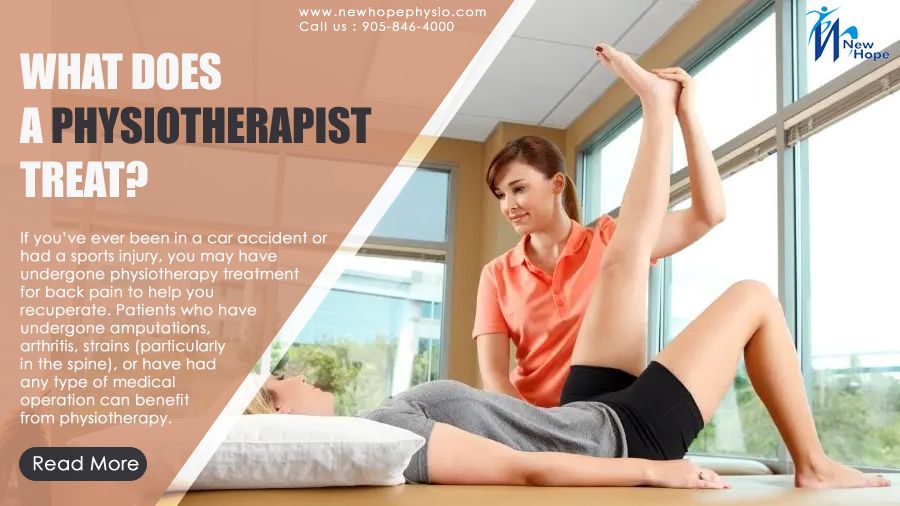Professional Physiotherapy Techniques for Enhanced Strength and Wellness
The domain name of professional physical rehabilitation encompasses a variety of strategies made to enhance both stamina and overall wellness. Central to this technique is the understanding of personalized therapy plans that incorporate resistance training, hand-operated treatment, and functional workouts, each serving distinct functions in recovery. Incorporating mindfulness into these strategies not only facilitates psychological durability yet additionally improves patient interaction in their recuperation trip. As we explore the ramifications of these techniques, the concern arises: how can these expert methods be properly tailored to satisfy the unique needs of diverse patient populations?
Comprehending Physical Rehabilitation Principles
Physical rehabilitation principles are grounded in an alternative understanding of the body and its action to injury and rehabilitation. These principles stress the interconnectedness of physical, psychological, and social aspects that influence a person's health. A fundamental facet of physical rehabilitation entails analyzing the client's overall problem, identifying impairments, and establishing tailored therapy plans that facilitate recuperation and improve feature.
At the core of physiotherapy is the belief in patient-centered care, where experts proactively entail patients in their recovery process. This joint method fosters motivation and urges adherence to treatment protocols. Physio therapists utilize evidence-based techniques to guide their interventions, making certain that techniques and methods are supported by existing research.
An additional secret principle is the importance of motion and function in rehab. Physiotherapists focus on recovering flexibility, stamina, and sychronisation, recognizing that optimal physical function is important for overall health. In addition, education and learning plays an important role in physiotherapy, as specialists guide people in recognizing their problems and embracing much healthier way of living options.
Key Techniques for Stamina Structure
Toughness structure is a crucial part of recovery, focused on improving muscle function and total physical efficiency. Physio therapists use numerous techniques to promote this procedure, customizing programs to fulfill private client needs.
One key technique is resistance training, which involves exercises utilizing weights, resistance bands, or body weight to enhance muscle mass stamina. This approach efficiently targets particular muscular tissue groups, promoting hypertrophy and endurance. One more crucial technique is practical training, which concentrates on exercises that simulate day-to-day activities, boosting the capacity to execute routine jobs with higher ease and stamina.
Dynamic overload is also crucial in toughness structure. This concept requires gradually boosting the intensity of workouts, whether with added weight, boosted repeatings, or transformed pace, making sure constant adjustment and growth of muscular tissue fibers. Additionally, integrating plyometric workouts can improve power and explosiveness, which is particularly useful for professional athletes and energetic people.
Last but not least, isometric workouts, where muscular tissues contract without changing length, can improve stability and toughness in specific joints. By integrating these methods right into individualized rehab programs, physiotherapists can efficiently sustain people in achieving their strength-building goals, eventually causing enhanced practical end results and improved high quality of life.
Advantages of Manual Therapy
Integrating a variety of healing approaches boosts the overall effectiveness of recovery programs, and guidebook treatment attracts attention as a beneficial strategy. This hands-on intervention is crucial in relieving discomfort, boosting mobility, and promoting try this website the recovery procedure.
Hands-on treatment includes numerous methods, consisting of soft cells mobilization, joint adjustment, and myofascial release (physio north lakes). These methods aim to lower muscular tissue stress, enhance flow, and bring back practical activity. By addressing soft cells restrictions and joint disorders, hands-on treatment can dramatically contribute to pain relief and improved variety of activity
Additionally, the restorative touch included in hands-on therapy cultivates a strong patient-provider relationship, promoting trust and convenience. This emotional connection can boost person adherence to rehab procedures and general satisfaction with their treatment.
Study has actually demonstrated that manual therapy can be specifically efficient for problems such as reduced neck and back pain, neck pain, and stress headaches. physio north lakes. As a corresponding therapy, it can be incorporated with various other techniques, such as exercise or techniques, to optimize end results. Eventually, the advantages of hands-on treatment highlight its crucial function in detailed physiotherapy therapy plans, supporting both toughness enhancement and total well-being
The Function of Exercise Prescription
Exercise prescription plays an essential duty in the rehabilitation process, functioning as a fundamental element for attaining ideal person outcomes. It involves the systematic planning of exercises tailored to the individual needs and abilities of people. By taking into consideration aspects such as age, physical condition, and certain wellness goals, physio therapists create customized exercise programs that cultivate recovery and boost total physical well-being.

Moreover, workout prescription fosters person interaction and possession site of the rehab process. By actively getting involved in their healing, patients are most likely to adhere to prescribed routines, bring about enhanced results. In summary, workout prescription is a crucial component of physiotherapy, offering organized, tailored plans that support people in their journey towards enhanced toughness and overall health.
Integrating Mindfulness in Recuperation
The consolidation of mindfulness techniques right into rehabilitation methods provides a holistic approach to recovery that enhances conventional exercise prescription. Mindfulness, defined as the willful concentrate on today minute, can considerably enhance person results by promoting better awareness of physical feelings and moods. This increased recognition enables individuals to much better recognize pain signals and stress and anxiety actions, assisting in more reliable self-regulation.
Research has shown that incorporating mindfulness techniques, such as reflection and concentrated breathing, can minimize anxiety and improve psychological This Site durability throughout recuperation. These strategies encourage patients to handle discomfort and cultivate a favorable attitude, which is essential for adhering to exercise regimens and attaining long-term recovery goals.
Physiotherapists can integrate mindfulness by guiding individuals via brief mindfulness workouts before or after physical therapy sessions. This assimilation not only aids in physical healing but also advertises overall psychological health. Teaching individuals to engage in mindfulness during workouts can boost their focus, ensuring that activities are carried out with higher precision and intention.
Conclusion
